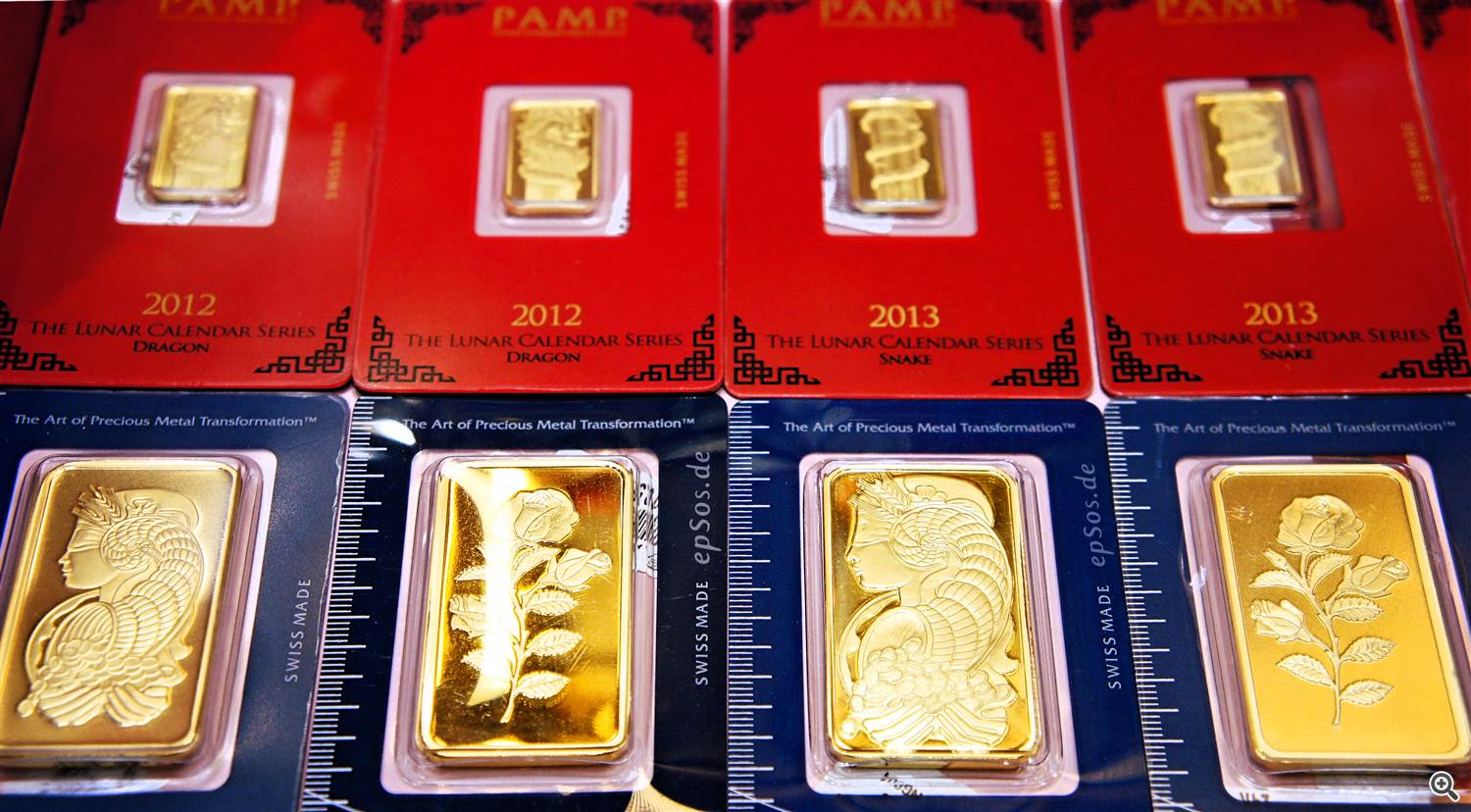Since 2009's $1,000, gold prices have been pushed by bulls, trending higher to $1,500 in mid-2011.
The prices hit a record high of $1,921 on Sept. 6 2011, and stayed between $1,550 and $1,800 before 2013.

The value of the dollar typically has an inverse relationship with gold. And the price of the yellow metal hit a record in September 2011 because the QE measures introduced to counter the global financial crisis weakened the greenback, and global funds used gold as a tool to hedge risks as no other currency could be trusted as a benchmark.
The sudden jump led to concern among investors over a possible bubble, so gold prices saw a downward correction.
In early 2013, several international investment banks began shorting gold, reducing their positions which led to a drop in gold prices from $1,600 to around $1,300 per ounce in mid-April in just a few days, thus establishing a bearish trend.
The US dollar remained weak at this time, while China's yuan was stable. Chinese "Dama" investors (caricatured as middle-aged women who tend to invest in a similar way) bought 300 tons of gold, driving a rebound of more than $100 for gold prices.
Soon after the gold prices plunged, however, Federal Reserve chair Ben Bernanke revealed for the first time that QE would be suspended, sending stock markets and foreign exchanges sharply down, while the US dollar rebounded and gold prices fell to around $1,200.

However, the news of QE withdrawal came too quickly and forced global hot
money to accelerate outflows from emerging markets, therefore triggering
sharp depreciation of the emerging market currencies and initiating
worries over another Asian financial crisis.
The Fed then underscored
that the QE exit would be a gradual step-by-step move and that it
would keep its zero interest rate and loose monetary policy for longer
than had been expected, which stabilized the financial market.
Nonetheless, investors became nervous, leading gold prices to
consolidate roughly between $1,200 and $1,400 for the following two
years.

The recent 5% fall in prices have strengthened the bearish trend.
The Fed has continued to hint at a likely interest rate hike by
the end of this year, which will mean the US dollar will maintain its
strength.
“Gold has traditionally been seen as a hedge against inflation and a weaker US dollar. Neither inflation or the US dollar have been an issue, with the latter remaining strong and the former low,” said Adrian Lowcock, head of investing at Axa Wealth.
The analyst adds that the Greek turmoils and a 30% plunge in Chinese equities also dampened the gold demand.
Many consider that the most direct factor came from China's announcement of its
gold reserves last Friday, adding just 60% to 1,658 tons from 2009 to
June 2015, which accounts for only 1.5% of the nation's total foreign
exchange reserves. The ratio has remained at the same level for the past
six years, much lower than had been anticipated, with investors convinced China will not rescue the gold market.
Analysts once predicted prices of the yellow metal would surge to $5,000 an ounce, but many, including Goldman Sachs, are now saying it could fall back through the $1,000 mark this year, while the inflation-adjusted prices are even lower. Morgan Stanley even predicted gold would fall as low as $800 an ounce, so it is not out of the question that prices could continue to decline.



